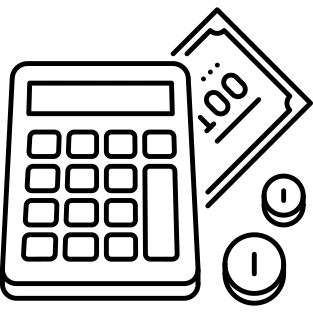Tax Tools
- Home
- Tax Tools

Introduction to Tax Tools
Welcome to our Tax Tools page! Whether you’re a taxpayer, a small business owner, or a tax professional, our collection of tools is designed to make your tax-related tasks easier and more efficient. Explore the resources below to find calculators, guides, and other helpful tools tailored to your needs.
Simplify Your Taxes with Our Powerful Tools
Navigating the complexities of taxes can be daunting. Our comprehensive suite of tax tools is designed to streamline your tax preparation, ensure accuracy, and maximize your potential savings. Whether you’re an individual taxpayer or a business owner, our tools cater to your unique needs.
-

Interactive Tax Assistant (ITA)
You can use this tool to get answers to your tax questions. Choose a topic, then enter basic information to find your answer. Your information is anonymous and only used to answer your question. We don’t share, store or use it in any other way
-

Tax Withholding Estimator
Determine if you’re having the right amount of tax withheld from your pay check. Input your income, filing status, and deductions to ensure you’re on track for the upcoming tax year.
-

Capital Gains Calculator
Calculate the tax implications of selling investments. Enter your purchase and sale prices, along with holding period details, to estimate your capital gains or losses and their tax impact.
Get Started Now!
Leverage our tools to simplify your tax experience and maximize your benefits. Explore each tool to see how it can assist you in managing your taxes more effectively. If you need any help or have questions, don’t hesitate to Contact Us.
Salient Features
- Instant, real-time calculations
- Customizable input fields
- User-friendly interface
- Regular updates for the latest tax laws
- Timely reminders and tips
- Printable and digital formats
Types of Financial Calculators

Budget Calculator
Helps track income and expenses to create a personal or household budget.

Savings Calculator
Estimates the future value of your savings based on current deposits, interest rates, and time periods.

Loan Calculator
Computes monthly payments, total interest paid, and loan term based on the loan amount, interest rate, and loan duration.

Mortgage Calculator
Provides detailed calculations for monthly mortgage payments, including principal, interest, property taxes, and insurance.

Retirement Calculator
Projects future retirement savings and income based on current savings, investment returns, and retirement age.

Investment Calculator
Estimates the future value of investments based on initial investment amount, regular contributions, interest rate, and time period.

Compound Interest Calculator
Calculates the amount of interest earned on an investment or savings account that compounds over time.

Loan Amortization Calculator
Breaks down each loan payment into principal and interest, showing how the loan balance decreases over time.

Tax Calculator
Estimates your tax liability or refund based on your income, deductions, and credits.
